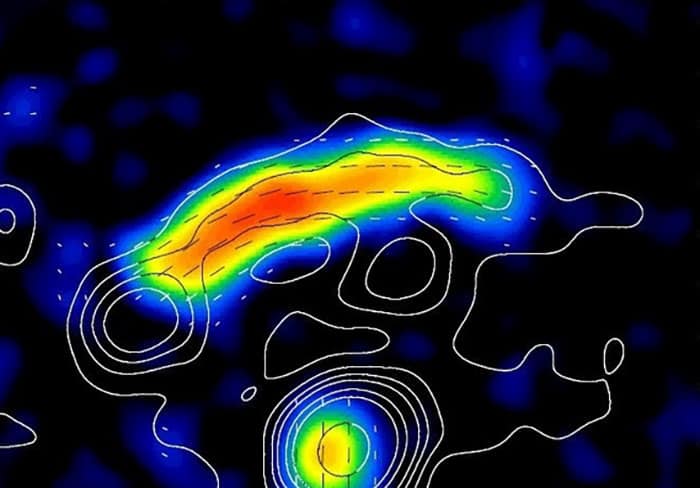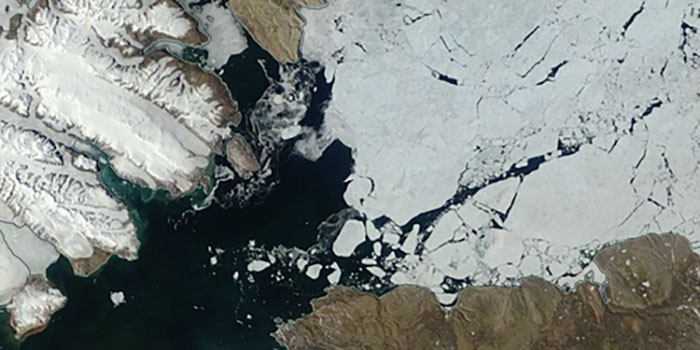Flash Physics is our daily pick of the latest need-to-know developments from the global physics community selected by Physics World‘s team of editors and reporters

Wavelets pioneer Yves Meyer bags Abel Prize
Yves Meyer, who pioneered the wavelet transform that plays a central role in technologies as diverse as digital cinema and the LIGO gravitational-wave detectors, has won the 2017 Abel Prize. Awarded annually by the Norwegian government for excellence in mathematics, the prize is worth 6m Norwegian kronor (about $750,000). Meyer is a French citizen and holds an emeritus professorship at École normale supérieure Paris-Saclay. The wavelet transform decomposes a signal into a set of pulse-like mathematical objects called wavelets. Compared with similar techniques such as the Fourier transform, the wavelet transform is better able to resolve sharp features in the data such as spikes and edges. Since the late 1980s, wavelets have played a revolutionary role in signal-processing applications such as JPEG image compression. Wavelets have been used to study physical systems such as turbulence, whereby complicated fluid flow is decomposed into wavelets that interact with each other. Wavelets have also been used to improve images from the Hubble Space Telescope and analyse signals from the LIGO gravitational-wave detectors – allowing the latter to detect gravitational waves from coalescing binary holes. The prize will be presented to Meyer at a ceremony in Oslo on 23 May.
Astronomers find largest magnetic fields in the universe

The largest, ordered magnetic fields to be observed in the universe have been identified using the Radio Telescope Effelsberg in Germany. A team, led by Maja Kierdorf of the Max Planck Institute for Radio Astronomy in Germany, observed the magnetic fields extending over 5–6 million light-years on the periphery of galaxy clusters. Galaxy clusters are the largest, gravitationally bound structures in the universe. At around 100 times the diameter of the Milky Way, they contain galaxies, dark matter, hot gas and charged particles. When clusters collide, they cause a shock compression of the hot cluster gas and magnetic fields, resulting in arc-like features called relics that emit radio and X-ray radiation. While studying four galaxy clusters and their relics, Kierdorf and colleagues observed that the emitted radio waves were linearly polarized and that the plane of polarization is related to the wavelength. This “Faraday rotation effect” indicates that a highly ordered magnetic field exists between colliding clusters. It is thought this is caused by the field lines becoming highly ordered when compressed, which, when combined with the hot gas, causes the radio waves to polarize. The team highlights in Astronomy & Astrophysics that its findings show single dish telescopes, such as the Radio Telescope Effelsberg, are ideal tools for finding new relics. “Now we can systematically search for ordered magnetic fields in galaxy clusters using polarized radio waves,” says team member Rainer Beck.
Model describes how ice bridges are formed

Every year, windblown ice forms ice bridges across some straits and channels in the Canadian Arctic Archipelago. As well as allowing the movement of wildlife such a polar bears, these ice bridges can prevent ice from moving out into the open sea where it can melt more quickly. Therefore ice bridges could have a significant effect on climate. Why these ice bridges form is not well understood, which inspired Bhargav Rallabandi, Howard Stone and colleagues at Princeton University to develop a mathematical model that describes the physics of ice being driven by wind along a long, narrow channel. The ice flow is inhibited by friction between the ice and sea water as well as by internal stresses in the ice flow that arise because it is constrained within a channel. The researchers have shown that ice-bridge formation is dominated by the internal stresses, which depend upon the thickness and compactness of the ice as well as the width of the channel. For a given channel width and wind strength, they were able to calculate critical values of ice thickness and compactness required for an ice bridge to form. As well as providing important information about the Arctic environment, the research could also boost our understanding of how granular materials flow through hoppers and other constricted geometries. The work is described in Physical Review Letters.
- You can find all our daily Flash Physics posts in the website’s news section, as well as on Twitter and Facebook using #FlashPhysics. Tune in to physicsworld.com later today to read today’s extensive news story on the magnet-like nature of the brain.



